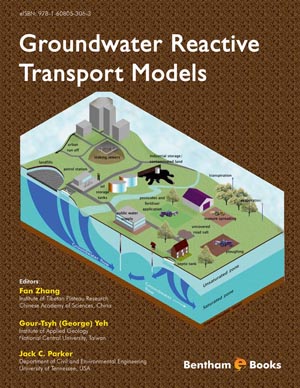Abstract
In different period of time, various adsorption materials have been fabricated and industrially applied, based at that time accessible raw materials as well as that time state of the knowledge. Before World War I, the carbon adsorbents were mostly produced, during the period between World War I and World War II, the active carbons, silica gels and aluminium oxides, but after World War II revolutionary progress has been made in discovery and application of synthetic zeolites and zeolitelike adsorbents traditionally known as molecular sieves. The main class of microporous materials are zeolites, the only existing crystalline materials with a well defined pore structure in a microporous range. Consequently to above short historical excurse and based on encouraging results of Slovakian clinoptilolite-rich tuff producer (Zeocem Company) achieved since 1980, the topic of this chapter is to review the author´s most recognized efforts contributing to water cleanup innovation by using the Slovakian natural zeolite clinoptilolite. A laboratory model was installed at Water Research Institute in Bratislava in the spring of 1986, before the pilot examination started to be realized in the field. To save one of the Eastern Slovakian surface water reservoirs (upper part of the river Ondava) in 1984, in the region with a critical deficiency of high quality drinking water, the local Water Works applied for surface water purification a powderized natural zeolite (clinoptilolite-rich tuff) from the nearby repository Nižný Hrabovec, together with the primary coagulant Al2(SO4)3. 18H2O. Similar operation with the same hydraulic loading rates through the zeolite beds as by the drinking water purification units (900 L/h) was used for ammonia removal of mixed tannery and sewage sludge wastewater at Shoe Manufactury Wastewater Reclamation Plant in Otrokovice (former Czechoslovakia) in the 1987. The 3-fractional regeneration and adequate ammonia stripping process used for regenerant recovery and recycling in this zeolite ion exchange pilot installation was proposed.
Keywords: Adsorption solids-past and present, advanced filtration and adsorption materials, ammonia removal, ammonia stripping, chemical regeneration, coagulation and flocculation with powdered zeolite, design layout, ecotoxicology of ammoniacal nitrogen, Fe and Mn removal with Clinopur, laboratory and pilot installations, water quality, zeolite bed filtration.












